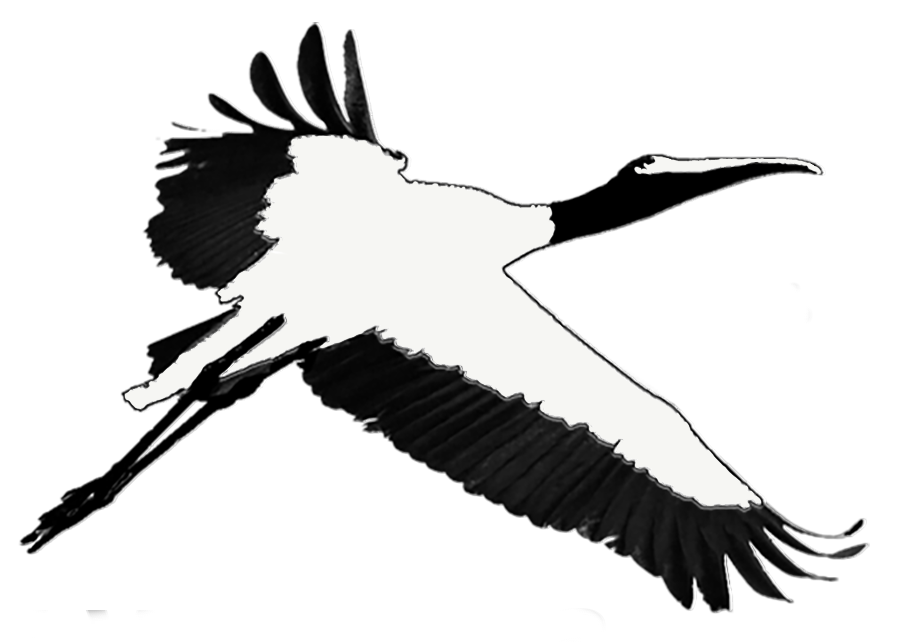Wetlands: Importance and Conservation
May 19, 2023
Why are wetlands important?
They protect and improve water quality by filtering sediment and absorbing pollutants in the water.
Wetlands can act as giant sponges that trap and slowly release water while also reducing the speed of flowing water during storm and flood events. Intact wetlands can protect surrounding homes and structures as well as crops.
Nature-based solutions incorporate natural solutions to infrastructure needs. For example, wetlands for flood control are sustainable actions that can help combat climate change, water pollution, and biodiversity loss while also protecting our homes, cities, and towns.
Whether you love fishing, kayaking, or bird watching, wetlands are a great place to pursue your passion and find a connection with nature.
Wetlands are home for wildlife and support for aquatic life through an abundance of food that attracts a variety of wildlife from tiny aquatic insects to large birds and mammals.
Upland species also use wetlands by foraging in them.
Many wetland species like fish and shrimp in turn provide food for humans.
Unique plants increase diversity to help provide ecosystems services and resiliency—they are water-loving and flood-tolerant.
Nassau County and Wetlands
Nassau County established the Conservation Lands Acquisition and Management program (CLAM), adopted by the Board of County Commissioners on January 25, 2021. Commissioners worked with the North Florida Land Trust to identify priorities of county residents for strategic planning as a tool to assist the identification and acquisition of conservation lands. As a part of the planning process, commissioners, staff, and the public agreed on some primary goals and among the first was to support:
1. Water quality protection to keep wetlands free of pollutants and maintained for wildlife and recreation.
2. Flooding and storm surge mitigation by protecting green infrastructure to ensure resiliency for Nassau County.
3. Preservation of outdoor recreation opportunities that include such water-based activities as fishing, boating, and kayaking through conservation lands preservation and public access.
At Conserve Nassau, we are active in encouraging Comprehensive Plan and Land Development Code updates that protect wetlands in Nassau County to preserve wetland functions across our landscape. Our goals include long term sustainability in land use and conservation, preserving and restoring our marshes and wetlands, protecting wildlife, and keeping our waters and air clean and free from pollutants.
Further inland, the Sea Island Flatwoods support freshwater wetlands that include swamps in the floodplains of our rivers and streams. Plant life includes cypress, tupelo, and pines while open marshy areas within the swamp support beautiful wildflowers, carnivorous plants, and abundant wildlife. Wetlands along rivers and in low-lying areas are very susceptible to periodic flooding—wetland plants can handle the wet, homes and buildings cannot!
What is a wetland?
Nassau County is in the Sea Islands/Coastal Marsh and Sea Island Flatwoods Ecoregions. Coastal marshes are where we find extensive systems of tidal salt marsh along the St. Mary’s River and the intracoastal waterway in Nassau County. Amelia Island has salt marshes along the Amelia River and Egan’s Creek on the north end. Brackish marshes are present where salt and fresh water meet, and freshwater marshes occur inland along rivers and streams. Salt marshes support salt-tolerant grasses and rushes and are important nursery habitats for marine species like fish, crabs, and shrimp.






